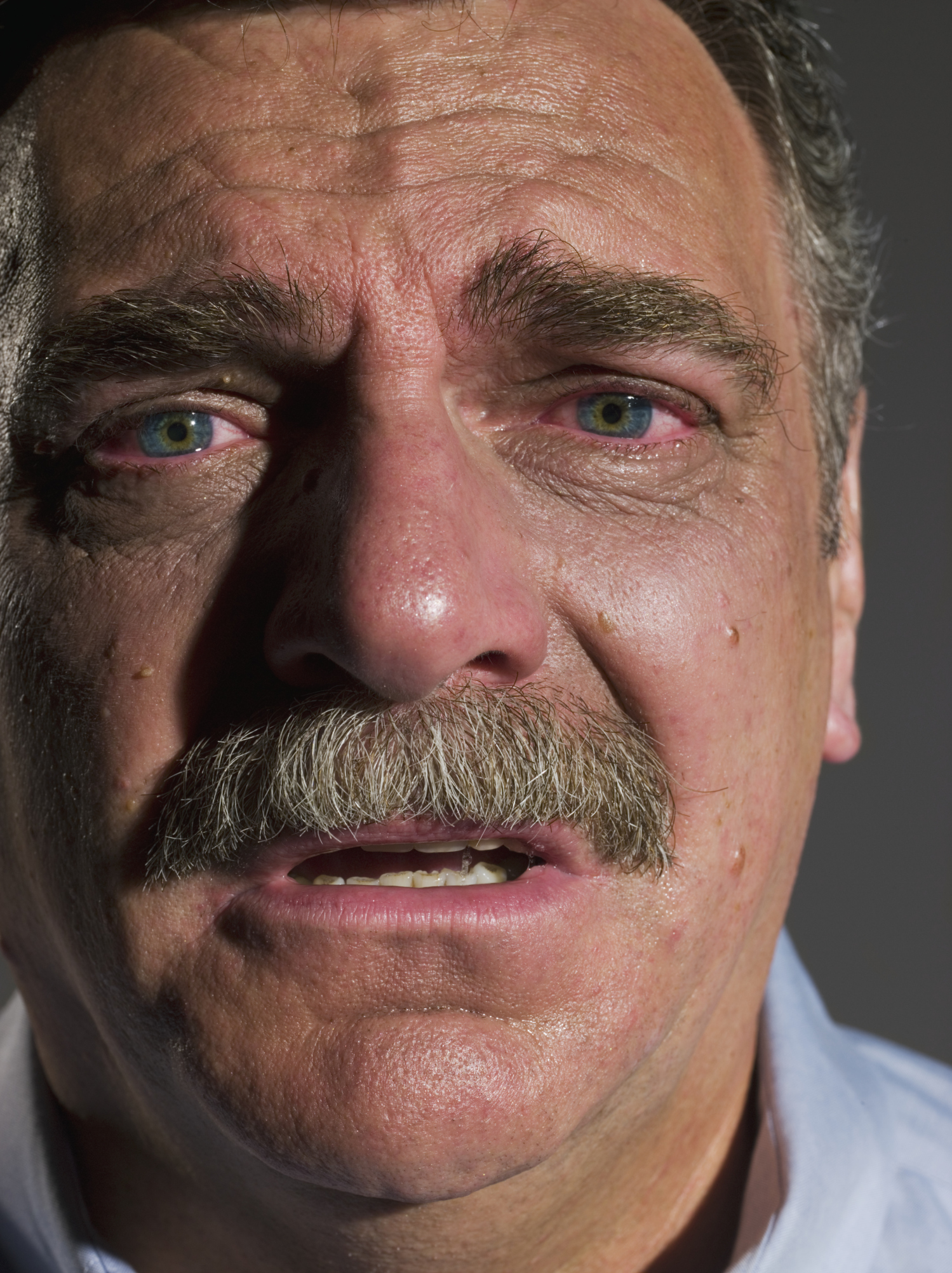Trauma and PTSD

Trauma and Post Traumatic Stress Disorder
Trauma comes in many often unpredictable forms and is seen in events where your own life or the life of another is endangered and put at risk. Trauma can result from violent crimes, combat experiences, major motor vehicle accidents, mass shootings, natural disasters, physical abuse, rape, and sexual molestation.
But there’s very little in life that prepares us for a traumatic event or for the post-trauma impact that occurs long after the traumatic event is past. The experience of post-traumatic stress is a normal emotional response to an abnormal event. What creates problems is the range of disruptive mental, emotional and physical suffering that can be seen in the post traumatic stress disorder (PTSD) cycle that robs its victims of the fullness of life.
In the PTSD cycle, a person:
- Experiences or is exposed to a traumatic event and responds with intense fear, helplessness or horror
- Re-experiences the event through intrusive recollection, distressing dreams or nightmares, re-living the event through numbing and dissociation, becoming psychologically distressed when exposed to internal or external cues that symbolize or resemble the traumatic event, and having severe physiological symptoms (panic, shortness of breath, rapid heart rate, increase in muscle tension) when exposed to trauma-related triggers and cues
- Persistently avoids all stimuli (people-circumstances-events-behaviors) that are associated with the trauma. Avoidance can be seen in how the victim:
- Avoids thoughts, feelings and conversations about the trauma
- Avoids activities, places or people that arouse recollection of the trauma
- Avoids interest or participation in activities that used to be pleasurable
- Feels detached and estranged from others
- Avoids feelings associated with intimacy, tenderness and sexuality
- Is unable to recall important aspects of the traumatic event
- Has a sense of a foreshortened future
- Experiences increased physiological, mental and emotional arousal in the form of sleep problems, irritability and outbursts of anger, concentration problems, hyper-vigilance and exaggerated startle response
- Becomes prone to emotional, social and physical isolation as the individual is unable to function in relationships and finds it more and more difficult to negotiate the normal day-to-day necessities of living
Treatment for PTSD
If you’ve suffered a traumatic event and are experiencing symptoms similar to those described above and if you are having relationship problems that are aggravated by the traumatic event, you will first need to undergo trauma and PTSD treatment to gain control over post-traumatic stress symptoms, irrational thoughts and avoidance behaviors. The length of treatment varies for each person according to how severe the trauma is, but most symptoms and avoidance behaviors can be stabilized in 10 to 12 weeks of intensive therapy.
In the healing and recovery process that will ultimately lead you to wholeness and allow you to resume your life, you will learn to:
- Develop skills for reducing and managing PTSD symptoms. These include skills for recognizing irrational thoughts and identifying avoidance behaviors that reinforce symptoms.

- Develop a sense of safety in telling your traumatic story. This will allow you to recall and integrate the fragments of your traumatic memory with other adaptive memories, thoughts and emotions, so the distressing energy of the traumatic memory will eventually be reduced and neutralized.
- Confront the truth of your memories rather than avoiding the pain and suffering associated with them. Avoiding memories only provides a false sense of relief while reinforcing your belief that those memories and feelings associated with them are dangerous. Confronting the truth of your memories and learning to tolerate your discomfort with them eventually makes them less threatening.
- Develop healthy and realistic boundaries to reflect your needs and protect yourself. Effective boundaries with others and yourself will allow you to feel good about yourself and enjoy your life.
- Develop a healthier view of your life now and in the future while mourning the losses of the past.

Following the PTSD treatment process, you will be able to:
- Dismiss traumatic memories instead of having troubling and distressing associations
- Recall the traumatic event with accurate feelings rather than with false detachment
- Talk about the traumatic memory without numbing your feelings or getting triggered
- Manage and effectively cope with your anxiety and depression
- Mourn the losses of the past and replace them with feelings of self-acceptance
- Accept your full range of feelings as an accurate and healthy expression of your humanity
- Take full responsibility for your life and look to your future with hope
